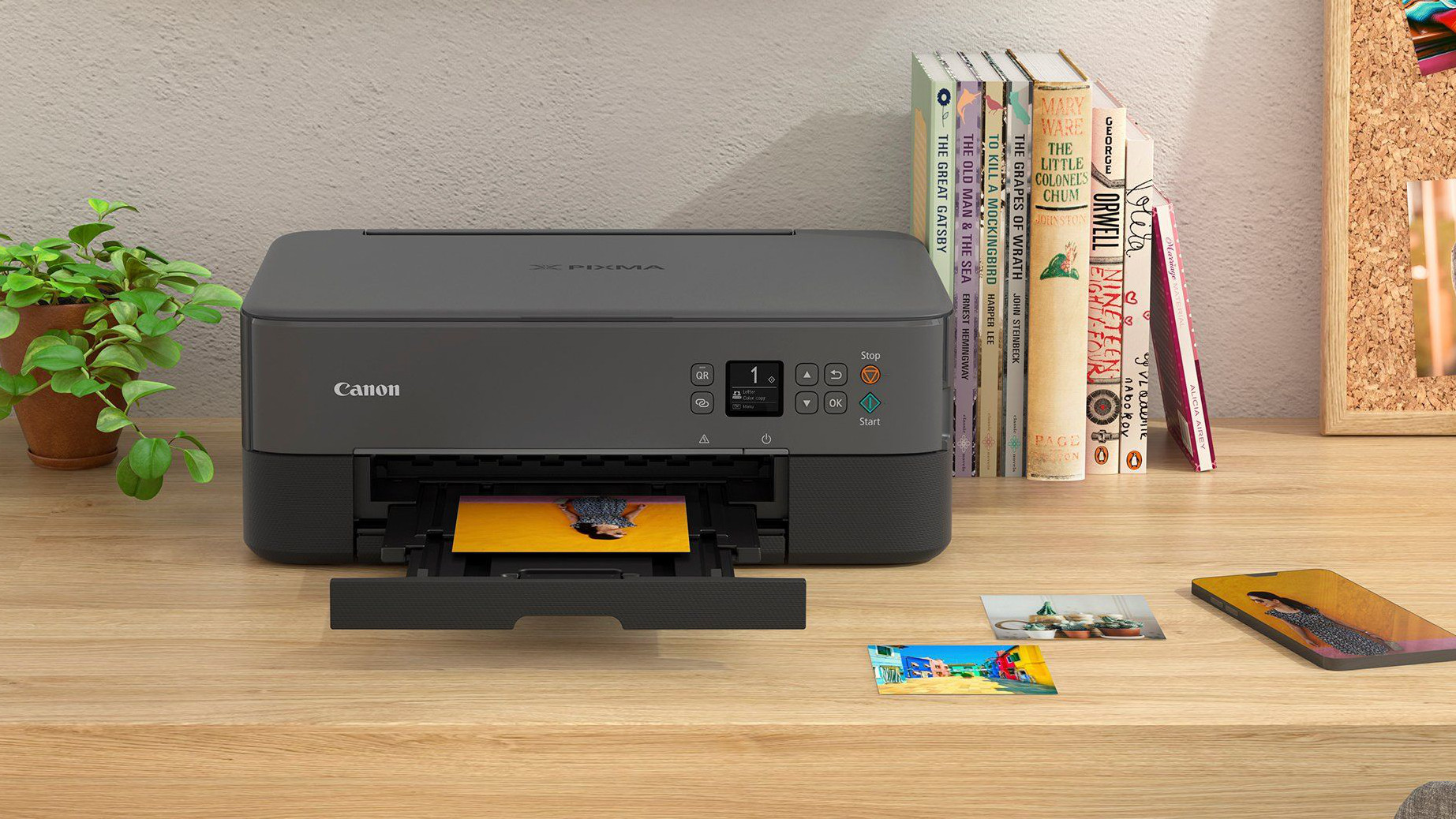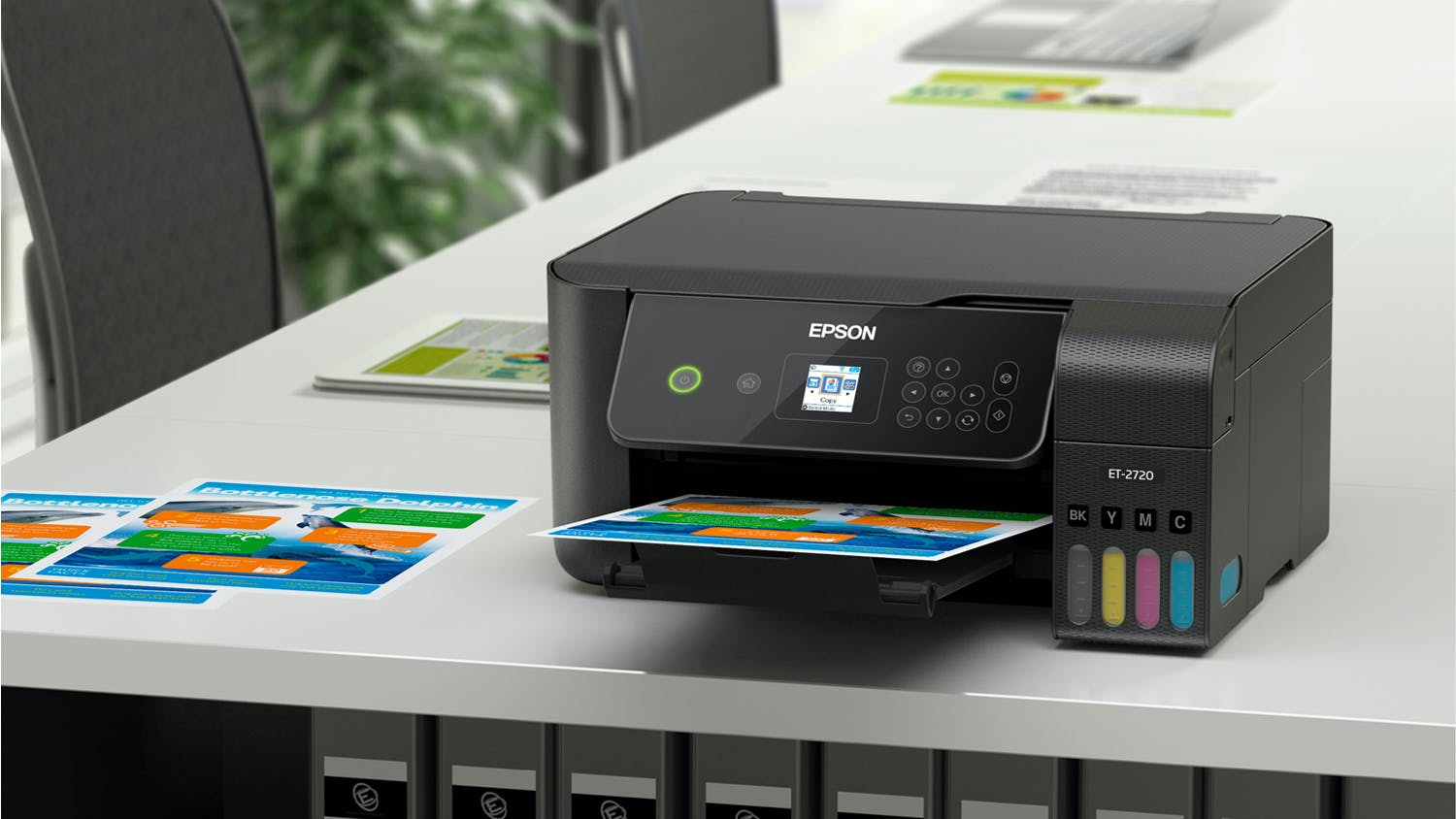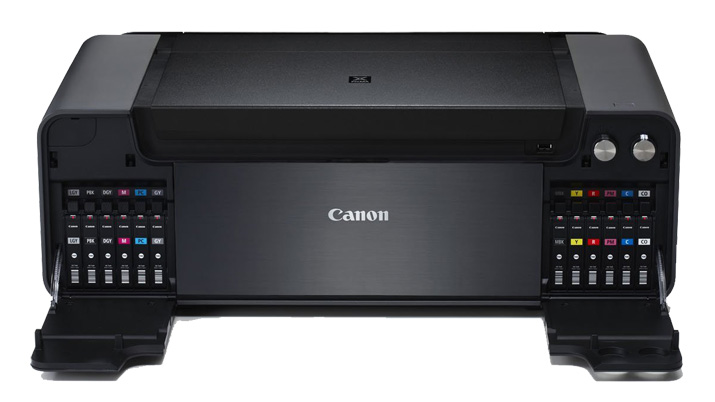There's no great mystery to printing photos, but knowing how to print photos better on your inkjet printer is actually quite a skill. These types of printer are not designed for photos - they primarily create written documents - but can be adjusted and primed to print lovely pictures. Of course, it may not be worth it - the best photo prints online are now so good that keeping a printer at home for running off hard copies of your digital photos is a rarity. Specialist photo printers often use more inks than a general-purpose inkjet, to get the soft graduations of color you expect from a photographic image, but with clever mixing of their limited inks, any inkjet printer can produce a decent photographic print, at least up to A4 size.
However, in order to print good photos, you don’t have to own a specialist model costing hundreds of dollars - it can be the one sat in your home office gathering dust. Floor our helpful tips, and you could be producing great-looking prints without having to invest in a whole new printer.
Photo printing technology
When it comes to home printers, inkjet models are much more common than laser printers. These work by squirting tiny droplets of colored ink through minute holes in the tip of the print head, with the size of the droplets governing how they blend together, and the clarity of the final result. Combine them with special glossy photo paper, and you can create something really eye-catching.
Most inkjet printers are designed to print text and blocks or color, such as charts, but they can be surprisingly adaptable, and just because a printer isn’t marketed as being a photo printer, that doesn’t mean it can’t be pressed into service as one.
This means that it may not be necessary to buy a whole new printer just to print photos - a general purpose inkjet printer, with the right settings and paper - and kept clean and in good working order - can do the job well, especially if you don’t print photos very often and don’t want to print them any larger than A4.
The size limit is imposed by the width of the printer’s casing and internal components, but the media you put in a printer isn’t fixed to plain paper. You can use transparency film, brochure paper, T-shirt transfers, and photo paper in a variety of sizes from 4x6in small rectangles to the 8.5x11in that we’re all used to. To print any bigger, you will definitely need a specialized printer.

Getting the best prints from your printer
Use the right paper. Normal printer paper has a matte surface that absorbs ink and allows the droplets to soak in and spread out. This is a similar problem to that faced by newspaper printers, who program a ‘dot gain’ into their presses to take it into account. This isn’t something you can easily do with a home inkjet printer, so by using glossy photo paper, which has a shiny surface and doesn’t let the ink spread out, keeping the dots tiny and therefore allowing a more precise image to be printed.
Use the right ink. Even if your printer only supports four colors - usually cyan, magenta, yellow and black - you can swap the cartridges for special ones that contain lighter variants of the colors and a deeper black. If your printer supports six ink tanks, then consider spending the extra money to fill the vacant slots, as you’ll get a better end result. Likewise, stick with your manufacturer’s ink: third-party or refilled cartridges are fine for text and bar charts, but for photos the whole system needs to work perfectly together. If you want to save money, the best discount ink cartridge stores will do that for you, but we'd recommend sticking to OEMs to be honest.
Keep the resolution up. To print at A4 and with 300DPI (dots per inch, 300 is considered the gold standard for photos, and many printers can’t print any higher) you’ll need an image with about 8.5 million pixels in it. Most digital cameras released in the past ten years can manage this, but if you’ve cropped heavily into the image or used a cellphone’s front-facing camera, which are often lower-res than the rear cameras, then you can run into trouble. As the resolution decreases, so the image quality degrades. Conversely, if you’re shooting with a camera that takes images with enormous megapixel figures, it can make sense to downsize the image to match the output resolution of your printer. It will do this anyway, but taking manual control can produce a better result than leaving it to the printer’s brain.
Test first. Don’t expect to get it right first time. You’ll need to tell your printer that it’s printing a photo, that it’s printing on photo paper, and that you expect it to print at its maximum resolution and in color. You’ll also need to double-check the ink tank, and load your special paper in the right tray and make sure it’s the right way up. This isn’t an immediately intuitive process, so there will be some casualties along the way. Photo paper is only glossy coated on one side, and printing on the more absorbent back produces a nasty mess rather than a sharp photo. Test prints also give you the opportunity to make last-minute adjustments to your image - they often look much brighter on the screen than they do on paper, so take the time to lighten it up and get it right the next time.
When everything works, however, you’ll receive a print that’s easily as good as those produced by a digital photo lab. What you won’t get is the ease of printing many images in a batch, as feeding the paper in and checking the settings each time rapidly becomes tedious. For the occasional print to show off your photography skills, however, home printing from an inkjet printer can be a great way to get a hard copy of a digital image.

What printers are the most capable?
The Canon Pixma TR8620 prints excellent-quality photos, with rich colors and sharp details, and it sits on top of our list of the best all in one printers because it's so versatile.
If you're looking for a good compact printer, with the ability to print a good photo too... you're probably looking at the HP OfficeJet All In One 250 - a very versatile printer, and one that will print documents on the go, via a WiFi connection.
The Epson EcoTank ET-2720 may have ranked toward the bottom of our all in one printer lineup but not for its photos. The photo print quality is quite good, if slow, and Epson’s EcoTank design makes for extremely affordable inks.
The HP Envy 6055 All-in-One was held back by slow printing and an expensive tri-color ink cartridge, but its photo printing was very good, with good color quality and detail and a reasonably quick speed of 1.3 photos per minute.
These four printers produce photos with above-average quality, with good color accuracy, sharp detail and no minor issues to speak of. These graded scores are based on both a blind ranking of several print samples and close inspection of each print under high magnification.
Of course, if you want an actual photo printer, our top model is the Canon PIXMA PRO-100, which is a specialized model.
